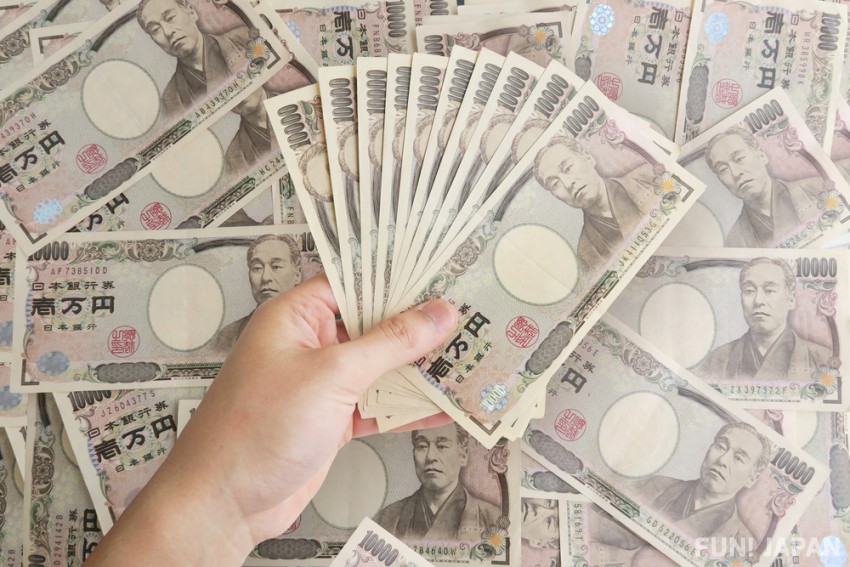
In Japan, there are customs of giving money to someone on various occasions such as weddings, funerals, and New Years. In this article, I will introduce Japanese customs and rules related to money. If you find anything interesting compared to your country, please post a comment!
5 yen is good for the Osaisen (offertory)!?

If you have ever visited a shrine or temple in Japan, you may have had the experience of putting money into the offertory box. How much did you put in the offertory box?
Basically, there are no rules about the amount of money you can offer, and you can put whatever amount you like into the offertory box. However there are many Japanese people who think it is good to put a 5-yen coin into the box.
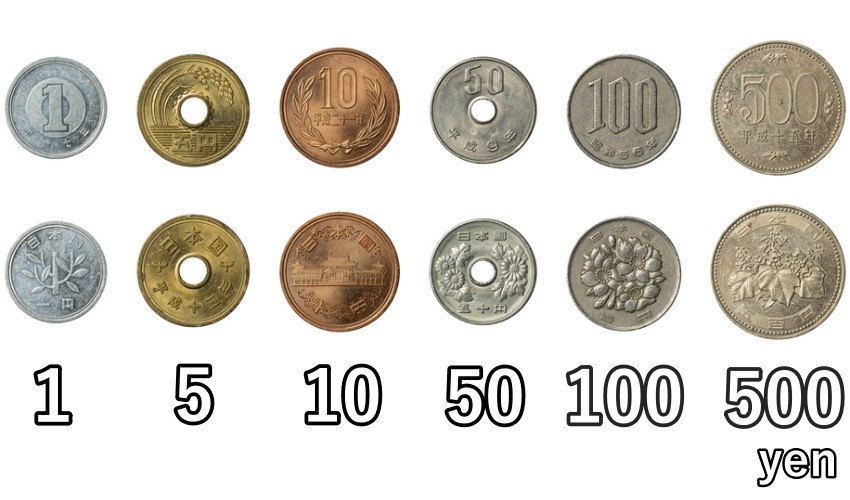
The reason is related to the pronunciation of "5 yen". 5 yen is pronounced go-en. This pronunciation is the same as "ご縁" (go-en) which means fate/destiny/good relationship. For this reason, many people believe that if you put 5 yen into the offertory box, you will be blessed with a good encounter.
Another reason is that as there is a hole in the middle of the 5-yen coin, you can see the scenery in front of you through the hole. In other words, there are people who think that the 5-yen coin helps get them to a good future.
On the other hand, 10 yen is something that many people avoid putting in the offertory box. In Japanese, "10" can also be pronounced "tou" in addition to "juu". If you pronounce 10 yen as "tou-en" (*although it is more common to pronounce it as "juu-en"), it sounds the same as "遠縁" (tou-en - far from a good relationship), so there are many people who considered it a bad luck.
However, as I mentioned earlier, there are no set rules for the amount of money offered. Whether it's 1 yen, 5 yen, or 10 yen, coins or banknotes, just toss the amount you want to put in the offertory box!
New Year's money given to children: "Otoshi-dama"

In Japan, it is customary to give money to one's children, nephews, nieces and grandchildren during New Year. This kind of money is called "お年玉" (otoshi-dama).
There are small envelopes called "ポチ袋" (pochi-bukuro) for putting otoshi-dama money in. It is common for Japanese people to put money in these envelopes.
What is the amount of Otoshi-dama?
There are no set rules for the amount of Otoshi-dama, but it is common for the amount to increase as the person who receives the otoshi-dama gets older.
The following are the results of a survey on New Year's otoshi-dama released in 2020 by SBI Sumishin Net Bank. The amount of New Year's money was investigated factored by the grade (school year) of the person who receives the money, and the highest amount range was as follows.
| Under elementary school | below 1,000 yen |
| Elementary school 1st to 3rd graders | 1,001 yen - 3,000 yen |
| Elementary school 4th to 6th graders | 3,001 yen - 5,000 yen |
| Junior high school students, high school students, university students | 5,001 yen - 10,000 yen |
Summer version of Otoshi-dama: “Obon-dama”
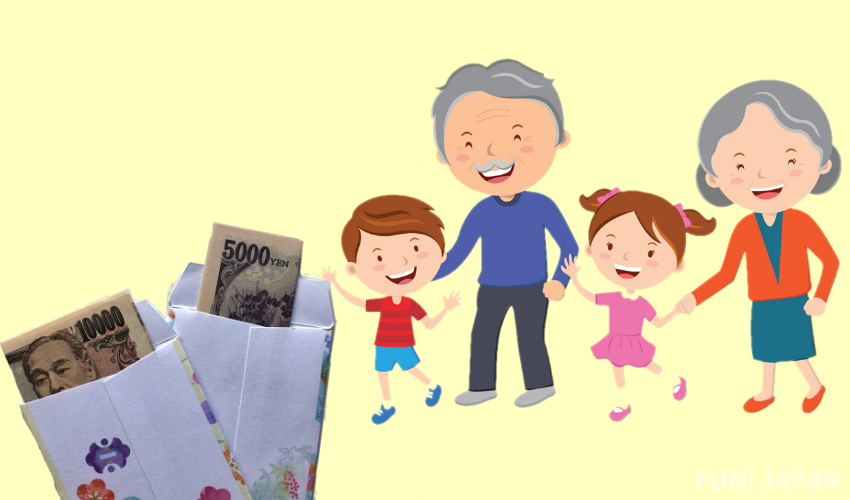
Otoshi-dama is a custom that has taken root in Japan as a way to celebrate the New Year. On the other hand, another custom that has been gaining popularity recently is "お盆玉" (obon-dama).
"Obon" is the period during which events are held to honor the spirits of one's ancestors, and is generally held for several days around August 15th. Many Japanese people take summer vacations at this time to return to their hometowns where their families live. Those who have children return home with their children, so it is a precious opportunity for their parents to meet their grandchildren. Then, they give their grandchildren, who they haven't seen in a long time, money called "obon-dama". So to speak, it is a summer version of Otoshi-dama.
It is said that obon-dama originated in the Yamagata area during the Edo period (1603-1868). At that time, in Yamagata, there was a custom for the masters to give pocket money to his servants (personnel hired by a samurai family or a merchant family to help with housework and work) during the Obon season, and this is said to be the origin of the obon-dama.
According to a 2018 survey by Sumitomo Mitsui Card Company, one in three Japanese children receive a obon-dama. Also, the amount of money for obon-dama tends to be less than otoshi-dama.
Lots of rules! Wedding's Money: "Goshugi"

In Japan, it is customary for wedding attendees to give money as a wedding gift to the bride and groom. This money is called “ご祝儀" (goshugi). There are some rules when it comes to goshugi, and if you don't follow them, the bride and groom may think you're bad-mannered.
Use unused (new) banknotes for gifts
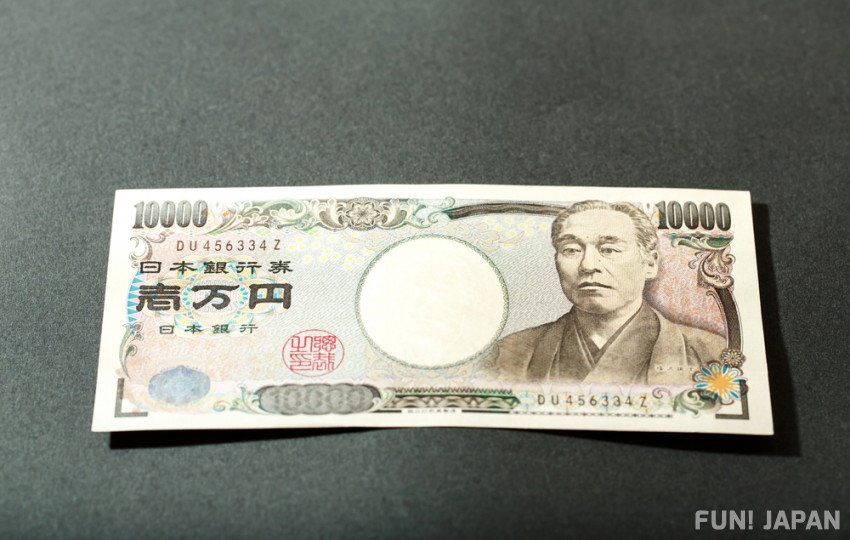
Envelopes for goshugi are called "ご祝儀袋" (goshugi-bukuro). It is said that new bills (those that have never been used since they were issued) with no creases or wrinkles are best to put in the goshugi-bukuro.
There are several reasons for using new bills. The first reason is that new bills are suitable for weddings where couples start a new life.
Another reason is for attendees to convey the message to the bride and groom that they are well prepared to attend the wedding ceremony. In order to get new bills, you need to go to a bank or post office to exchange your old bills. The new banknotes prepared with this kind of time and effort convey the message, "I've been looking forward to your wedding, so I prepared well."
The first number must be an odd number
The general amount of the goshugi is 30,000 yen. For workplace superiors of the bride and groomgive, it's common to give 50,000 yen or more. Most importantly, the amount must have an odd number at the beginning, such as "3" or "5". Find out why in this article.
No new bills! Funeral: "Kouden"
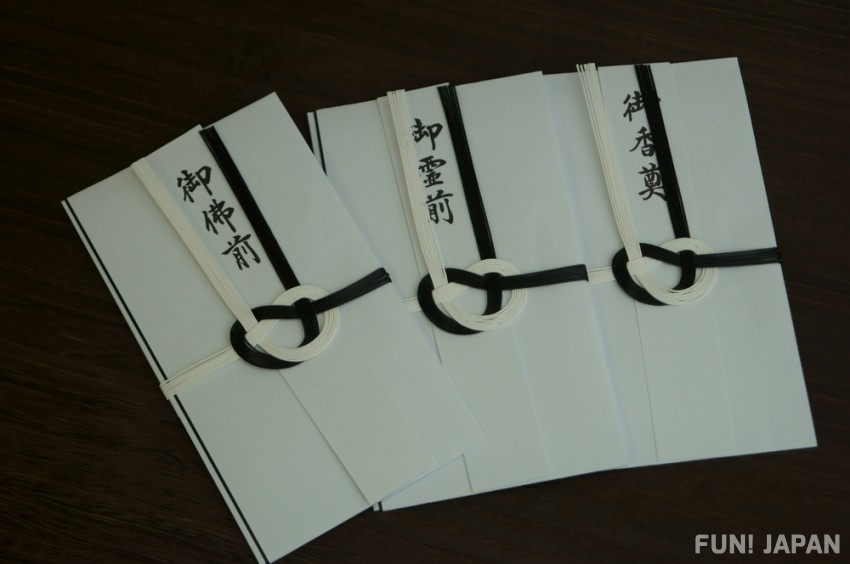
The money you give when you attend a funeral of a relative or acquaintance is called "香典" (kouden - condolence gift). Kouden is positioned as a substitute for offerings such as incense sticks (線香 / senkou) and flowers to the deceased.
The amount of the kouden depends on the depth of the relationship with the deceased. 100,000 yen in the case that the deceased is one's own parents, 50,000 yen for siblings, and 10,000 yen for other relatives. In the case of a work colleague or friend, 5,000 yen is common, but it can be up to tens of thousands of yen depending on the depth of the relationship,. For neighbors or people in the neighborhood, 3,000 or 5,000 yen is common.
The first number must not be "4" or "9"
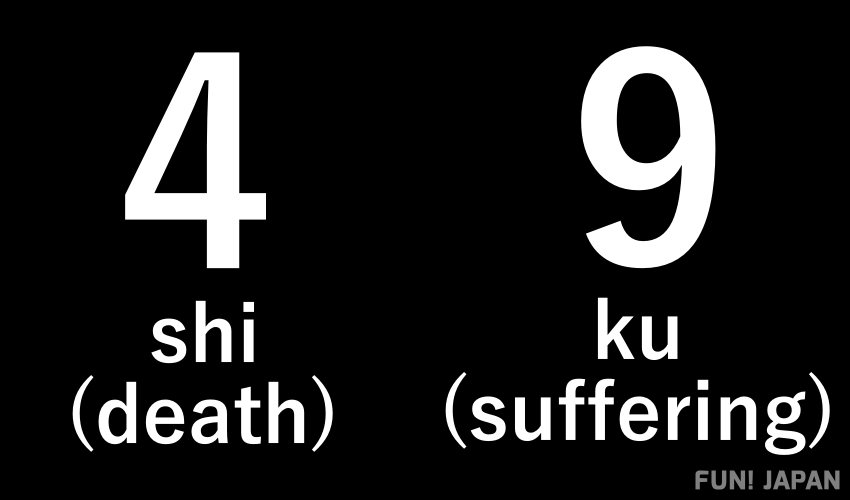
Amounts starting with "4" or "9", such as 4,000 yen or 9,000 yen, are considered as taboos. This is because "4" can be read as yon or shi, and this 'shi' has the same pronunciation as "死" (shi - death). Also, "9" (ku) is reminiscent of "苦" (ku - suffering).
Don't use new bills as kouden

It is a rule to give new bills without creases for goshigi (wedding gifts), but for kouden (condolence gifts), it is unconsidering to use new bills. As I mentioned earlier, in order to obtain new bills, it is necessary to make preparations such as going to the bank. Using new bills as a kouden instead sends the message that "I was preparing to attend the funeral in anticipation of the person's death". If you only have new bills at hand at such time, it is recommended to intentionally crease or wrinkle them.
How do you see the above Japanese customs? If there are any points that are the same or different from the money rules in your country, please let us know in the comments!
Related articles:
- 【Strange Customs in Japan】Shukatsu or Job Hunting that Japanese university students stake their lives on
- 【Strange Customs in Japan】Rankatsu: The reason why Japanese people spend more than 50,000 yen on a school bag "randoseru" for children
- 【Strange Customs in Japan】婚活 / Konkatsu: Japanese Perspectives on Love & Marriage - Are they different from your country?
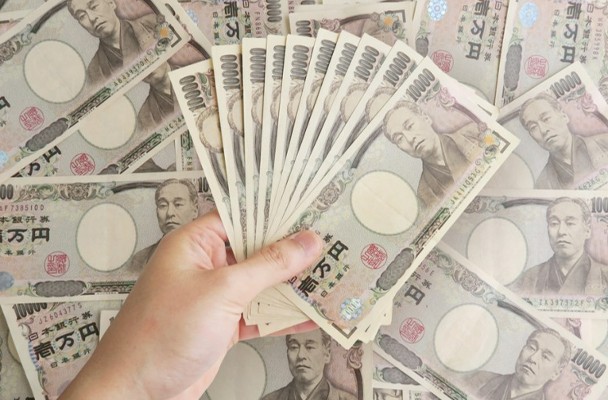
Comments